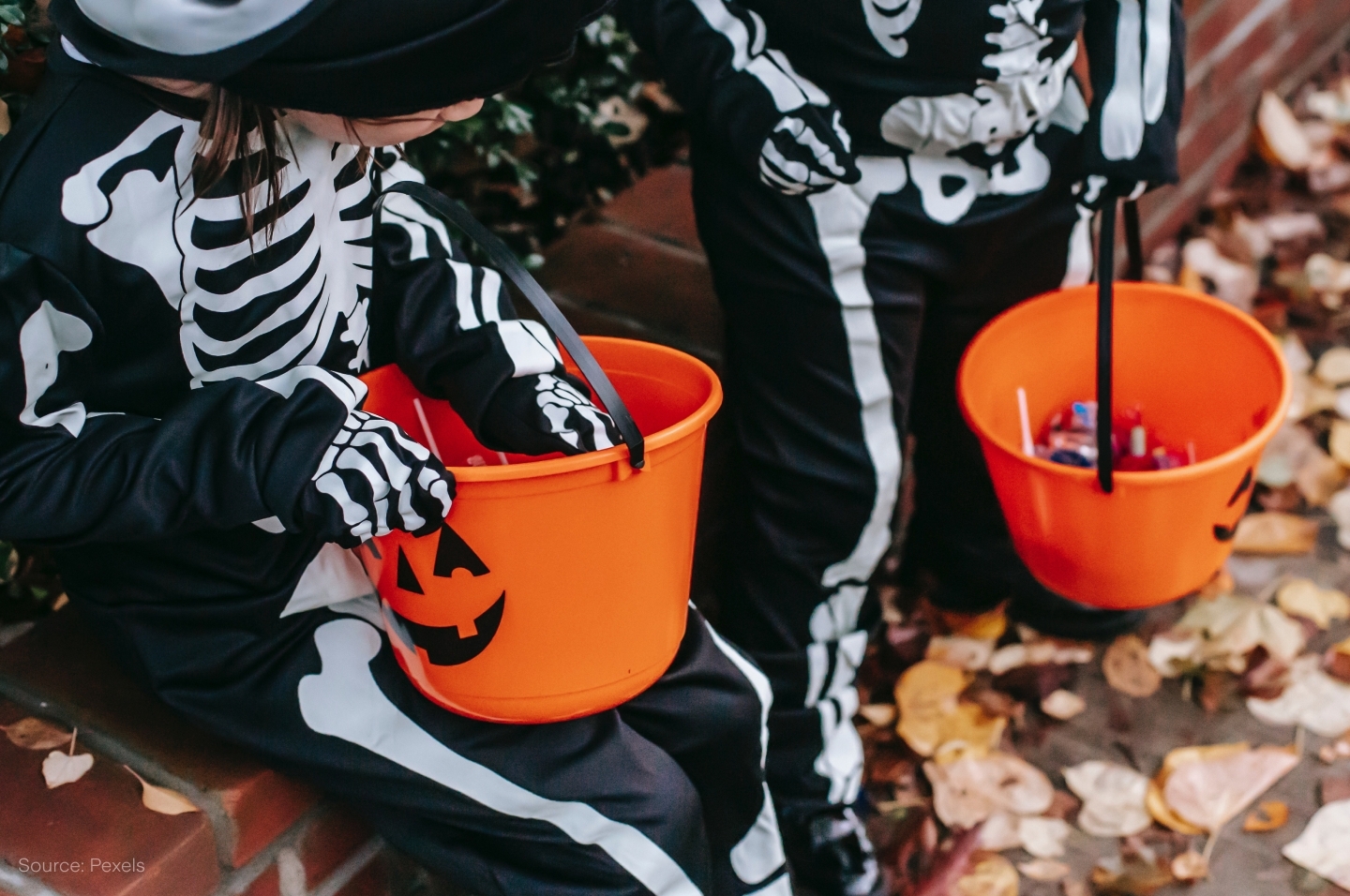
Sugar High
Halloween is not just a fun and spooky celebration – it's also a significant economic event. With its origins dating back to ancient Celtic traditions, it has evolved into a multibillion-dollar industry, across the whole Anglosphere and beyond.
Many Australians celebrate Halloween in some way or another, while Brits spend over £600m on the festivities. But the lion’s share of the expenditure takes place in the U.S., where this year’s Halloween is expected to lead to over US$12b in spending – US$1.6b more than last year. About US$4b will be spent on costumes alone (not only for kids and adults, but pets too), while decorations should drive US$3.9b. Last but not least, Americans will spend about US$3.6b on candy.
With that kind of dough at stake, it’s no surprise M&M’s maker Mars prepares for each event two years in advance. Meanwhile, Hershey’s ($HSY) is the biggest Halloween online advertiser in the U.S., spending US$2.5m. The company’s Reese’s Peanut Butter Cups are the favourite candy among children, ranking second place for adults. Hershey’s says about 10% of its annual revenue comes from Halloween.
Other major confectioners, such as Nestlé ($NSRGY) and Tootsie Roll ($TR), have at times seen their share price rise in October as investors anticipate record sales. But given everybody knows candy purchases blow out at this time of year, the market tends to price stocks accordingly. It would take either extraordinary or underwhelming sales for shares to be seriously mispriced. For the stock market, Halloween marks the end of the ‘sell in May and go away’ period, in which stocks supposedly go down, and the beginning of the ‘Halloween effect’, when the market supposedly rallies. Why should that be the case, and where did this come from? Well, no one really knows.
Though Halloween is supposed to be scary, the market’s most haunting period takes place not in October, but rather on the third Friday of March, June, September and December. Known as quadruple witching, those are the days on which stocks’, as well as indexes’ futures and options, expire. As derivatives dealers are forced to either roll or close their positions, those days are known for their higher trading volumes and increased volatility. Even if there’s no dark magic involved, quadruple witching days can be quite spooky for traders.

